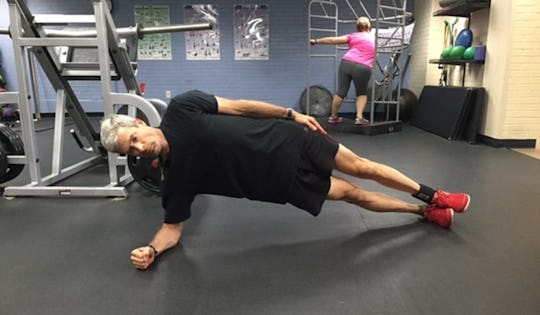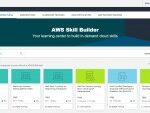Mastering the human flag, a gravity-defying feat of strength and core stability, is a challenging but achievable goal. This comprehensive guide explores the factors influencing the learning curve and provides a structured training approach to help you conquer this impressive bodyweight exercise. So, how long does it take to learn the human flag? Let’s dive in.
Factors Affecting Your Human Flag Journey
The time it takes to learn the human flag varies greatly depending on several factors:
- Current Fitness Level: Your starting point significantly impacts your progress. Individuals with pre-existing strength, particularly in the shoulders, core, and back, will have a head start.
- Training Frequency and Consistency: Consistent, dedicated training is crucial. Aim for at least 3 sessions per week, allowing for adequate rest and recovery.
- Body Composition: Taller individuals with longer limbs generally face a greater challenge due to increased leverage. However, with consistent effort, success is still attainable.
- Training Method: Following a structured program designed for progressive overload is essential for efficient learning.
- Genetics and Body Type: Natural strength and body proportions can influence the learning timeline.
A 3-Phase Training Approach to Conquer the Human Flag
This program, designed to take you from beginner to human flag master, is divided into three phases:
Phase 1: Building a Foundation of Strength
Before attempting the human flag, you need a solid foundation:
-
Prerequisite Strength Goals:
- 30-second single arm hang
- 4 sets of 10 pull-ups
- 45-second side plank hold
-
Foundational Exercises:
- Basic Side Plank on Elbow: Hold for as long as possible, aiming for 2 minutes per side.
- Side Plank with a Reach: Extend your top arm towards the ceiling, increasing core engagement. Hold for as long as possible.
- Inclined Side Plank: Elevate your feet on a platform to increase difficulty. Hold for as long as possible.
- Hanging Hip Hiker: Hang from a bar and raise your legs to the side, engaging your obliques. Aim for 5 sets of 5 reps per side, holding for 4 seconds.
- Piked Shoulder Push-Ups: Perform push-ups with your hips elevated, targeting the shoulders. Aim for 3 sets of 15-20 reps.
- Strict Pull-Ups: Perform pull-ups with proper form, no kipping or swinging. Aim for 5 sets of 15-20 reps.
- Basic Side Plank on Elbow: Hold for as long as possible, aiming for 2 minutes per side.
Phase 2: Progressing Towards the Flag (Coming Soon)
This phase will introduce advanced variations and progressions to build specific strength for the human flag.
Phase 3: Mastering the Human Flag (Coming Soon)
The final phase focuses on refining technique and achieving the full human flag.
Realistic Expectations and Timeline
Based on this program, achieving the human flag can take anywhere from 3 to 6 months, potentially longer for beginners. Remember, consistency and persistent effort are key. Celebrate your progress along the way. Even if you don’t achieve the full flag immediately, the strength and core stability gains from this training are invaluable.
Conclusion
Learning the human flag is a journey that requires dedication and patience. By following a structured training program, focusing on progressive overload, and maintaining consistency, you can significantly increase your chances of success. Embrace the challenge and enjoy the process of building exceptional strength and control.

